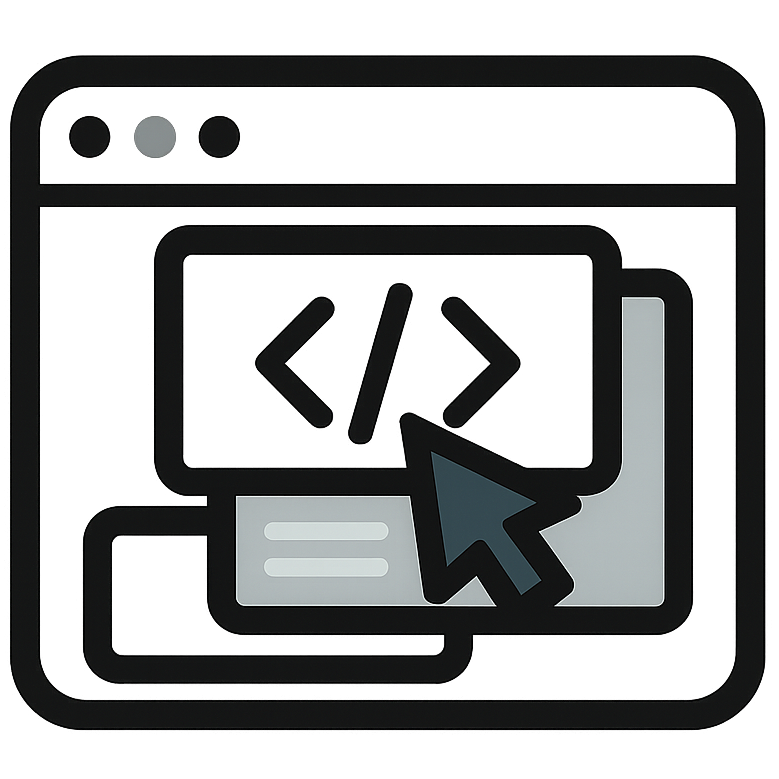The beauty of Front End Web Development
What I have always loved about Front End Web Development is the ability to bridge the gap between the abstract and concrete. Similar to the way an artist can use paint and canvas to create art that can evoke emotion, a front end developer uses HTML, CSS, and JavaScript to create interactive art. Code is […]
